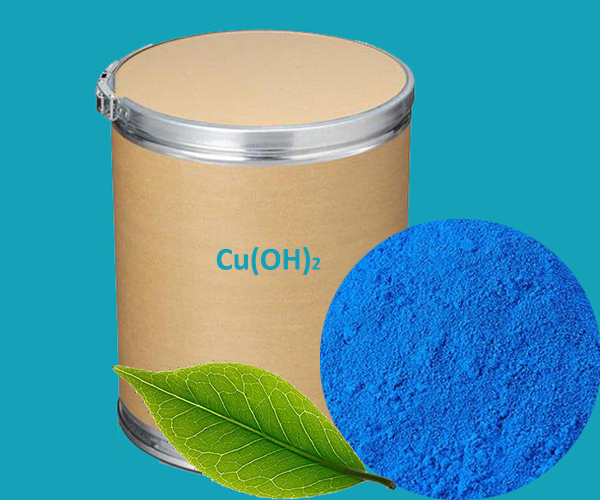Copper hydroxide is also called cupric hydroxide is a pale blue precipitate produced when sodium or potassium hydroxide is added in excess to a solution of a copper salt. Copper hydroxide is crystalline but inert compound used in the preparation of a wide variety of salts. It is prepared by adding just sufficient aqueous ammonia to cupric sulphate to hold the copper in solution and then precipitating the hydroxide either by the addition of an equivalent quantity of alkali by removing ammonia from the solution using a dessicator.
Properties of Copper Hydroxide
Chemical Formula : Cu(OH)₂
Odour : Fishy odour
Appearance : Blue or bluish green solid
Density : 3.37 g/cm³
Molecular Weight/ Molar Mass : 97.561 g/mol
pH : 7.69
Melting Point : 80° C
Solubility : Insoluble in water
Other names : Cuprichydroxide, Cuprous hydroxide
Uses of Copper Hydroxide
Copper hydroxide fungicides, first developed in the 1970’s, have become favored for most fungicide applications.
A mixture of copper hydroxide and copper sulfate is used as insecticides and pesticides.
Malachite copper hydroxide carbonate is a bright green mineral used as an ore of copper and as a semiprecious stone for making ornaments.
Used as an effective biocides as wood preservatives.
 English
English Español
Español Português
Português Français
Français Deutsch
Deutsch Русский
Русский 中文
中文 日本語
日本語
